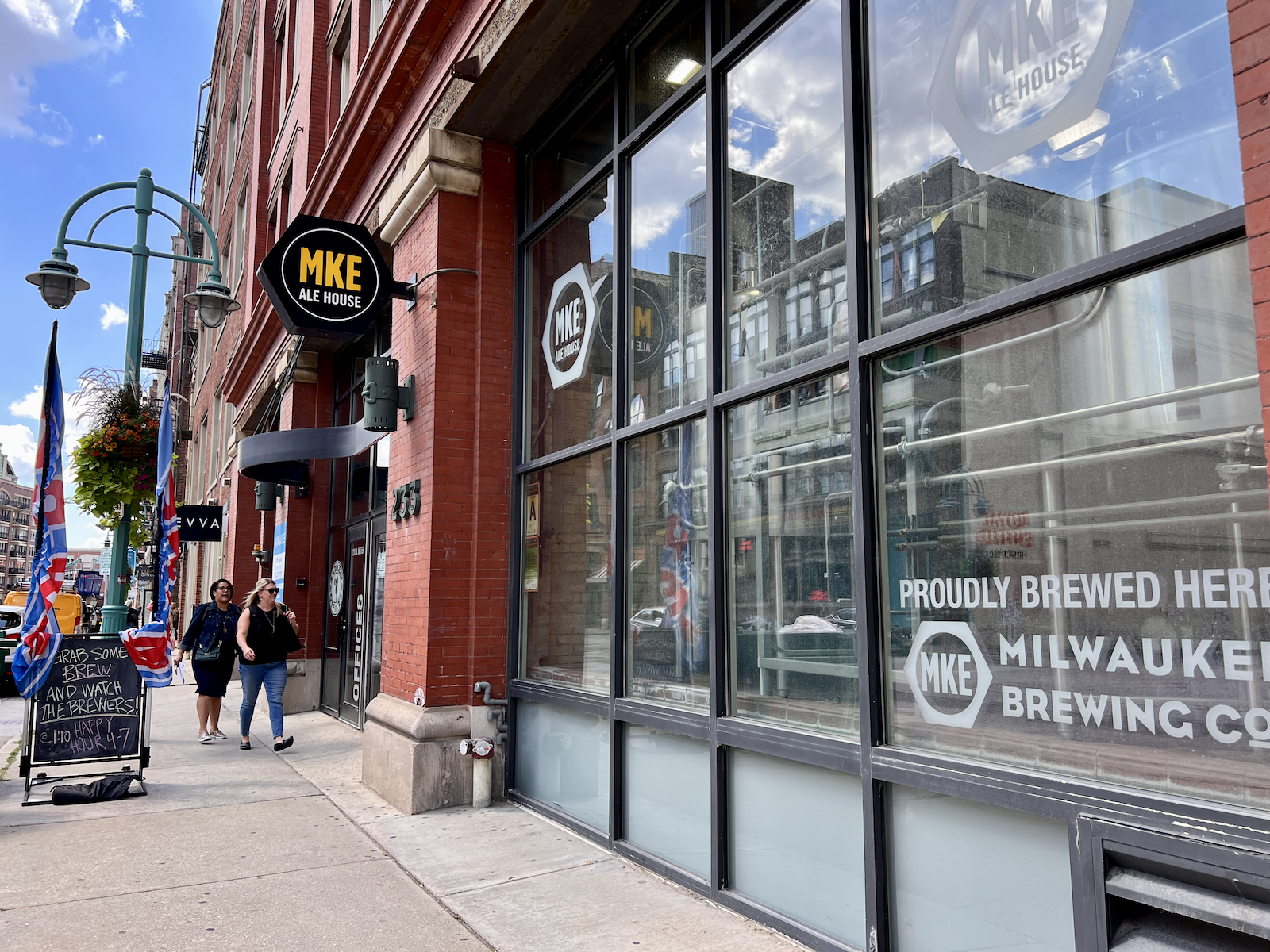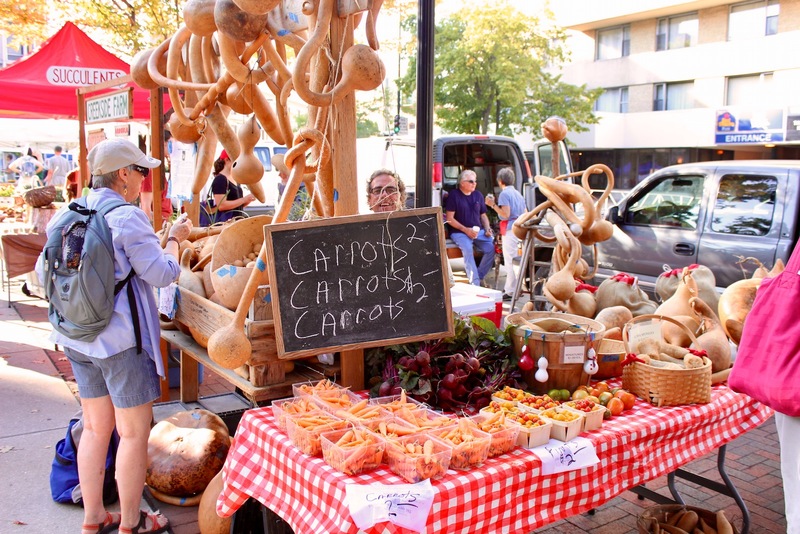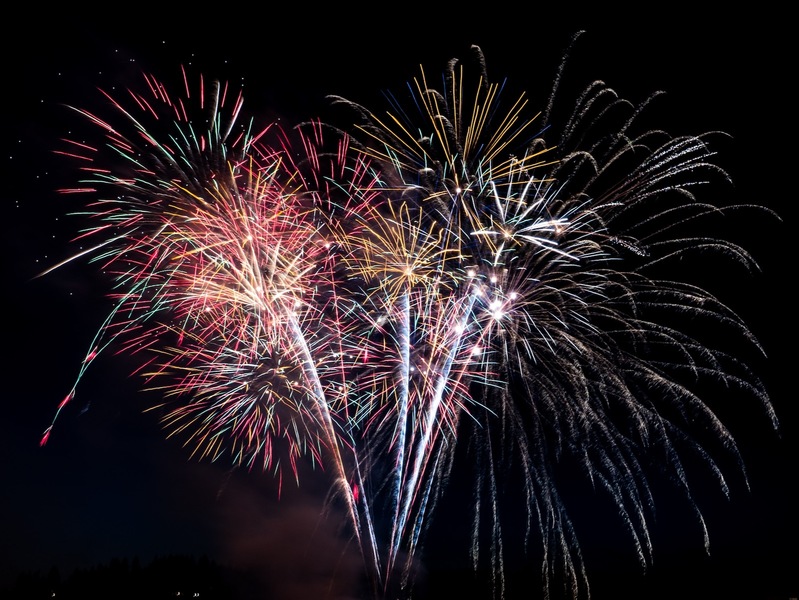Monday evening brought sobering news about a long beloved staple in Milwaukee's Historic Third Ward.
Milwaukee Ale House, 233 N. Water St., announced on Facebook that – after 25 years of service – they will be closing their doors after service on Sunday, Sept. 11, 2022. And while that's not good news, there is a modicum of hope that the Ale House will return, albeit in another location.
In the meantime, there’s still time to bid adieu to a brewpub that, in no uncertain terms, has left a mark on Milwaukee and the Historic Third Ward.
Raising a glass to 25 years
Remaining open for over two decades is an accomplishment for any bar or restaurant. But Milwaukee Ale House also deserves kudos for playing a key role in the transformation of the Historic Third Ward.
When homebrewers Mike Bieser and Jim McCabe opened Milwaukee Ale House on October 17, 1997, the brewpub scene was exploding across the U.S. But – at that point – Brew City had just two: Rock Bottom Brewery and Water Street Brewery.
The Third Ward was also a very different place. It was a neighborhood in transition. In fact, its evolution from a past as an industrial hub filled with warehouses and factories was just beginning.
In 1997, the most popular restaurant in the area was Broadway Bar and Grill, 223 N. Broadway, a little greasy spoon where local employees (mostly those who worked on Commission Row) stopped off for breakfast and lunch. La Boulangerie (aka “La Bou”), a longtime fixture at 241 N. Broadway, also served the breakfast and lunch crowd. A smattering of other spots attracted diners for lunch and dinner. But, generally speaking, if you were looking for a spot to grab a meal after 5 p.m., there's a fairly good chance you weren't heading for the Third Ward.
But Milwaukee Ale House helped to change all of that. The new brewpub also easily marked the beginning of a revival of the restoration of buildings on the Third Ward riverfront.
Inside, the brewpub was vacuous. The afternoon and early evening sun from the west streamed through the building, casting a glow against the cream city brick walls and blonde maple flooring. The tables, set up like those in a bier stube, were constructed from ends of bowling alleys repurposed from the former Glendale Lanes off of Silver Spring Dr.
The opening cast of brews –which would be expanded over the years – included Downtown Lights (a light ale with honey, wheat and malted barley); Solomon Juneau’s Ale (a pilsner made with ale yeast); Pull Chain Pail Ale (a hoppy ale honoring the tradition of beer being brought into Milwaukee factories in pails for employees to share during breaks); Sheepshead Stout (a dark roasty brew with a hoppy finish); and Louie’s Demise, the flagship amber ale named for Bieser’s great-great-grandfather whose demise in 1886 was the result of a blow to the head with a beer glass in a Sheboygan tavern (yes, that's a true story).
The food menu was rooted in Cajun-inspired entrees including Cajun-grilled chicken salad, blackened ahi tuna steak, char-grilled Cajun prime rib and (of course) a fish fry featuring session ale battered cod, dill coleslaw, memorably square potato pancakes and half-rye bread. I also remember a pot pie of some sort, as well as the desserts like their rich “suicide chocolate cake”.
By 1998, the Ale House had quickly become a popular Water Street pit stop, attracting regular crowds with live music from a wide range of singer songwriters, along with bands like The Yell Leaders, Frogwater, the Swingin’ Kools and the blues combo Jay Stulo and The Mighty Aces. Most shows were free, though some warranted a minimal cover of just $3.
That same year, the Ale House was honored with the Mayor’s Design Award for its inviting facade and large storefront-style windows. By summer, they’d also added a double decker beer garden overlooking the Milwaukee River.
Meanwhile the Third Ward continued to build up around the brewpub. By 1999, Sandy D’Amato had opened Coquette Cafe on Milwaukee Street. In 2001, Nanakusa brought stellar Japanese fare and sushi to Chicago Street. Fast forward to 2004 and Wicked Hop (also a longtime fixture) brought new life and big brunch culture to the edge of Broadway and St. Paul Streets. By the time the Milwaukee Public Market opened in 2005, the Ward was well on its way to becoming the destination it is today.
As you’d expect, over the course of 25 years, Milwaukee Ale House has changed. The menu switched from spendier Cajun to more affordable options including beer-friendly burgers, sandwiches and a few entrees. The beer menu expanded to include other craft brews, along with an evolving selection of MKE Brewing offerings. And entertainment was expanded to include trivia and karaoke as well as music. Since they opened, a variety of additional brewpubs (and breweries) have also cropped up across the city.
Yet one thing has remained the same: Milwaukee Ale House has remained a beloved fixture, a gathering place and beer destination which not only made its mark during good times, but also survived the challenges of a major recession and (more recently) a global pandemic.
So, as closing time approaches for the longtime Third Ward landmark, let's ensure that this Milwaukee staple gets the farewell that it deserves. Make it a point to head out, grab a pint and raise your glass to everything they've accomplished.
And let's hope that – moving forward – they can find a new location that's just as great (or even better).
As a passionate champion of the local dining scene, Lori has reimagined the restaurant critic's role into that of a trusted dining concierge, guiding food lovers to delightful culinary discoveries and memorable experiences.
Lori is an avid cook whose accrual of condiments and spices is rivaled only by her cookbook collection. Her passion for the culinary industry was birthed while balancing A&W root beer mugs as a teenage carhop, fed by insatiable curiosity and fueled by the people whose stories entwine with every dish. Lori is the author of two books: the "Wisconsin Field to Fork" cookbook and "Milwaukee Food". Her work has garnered journalism awards from entities including the Milwaukee Press Club. In 2024, Lori was honored with a "Top 20 Women in Hospitality to Watch" award by the Wisconsin Restaurant Association.
When she’s not eating, photographing food, writing or planning for TV and radio spots, you’ll find Lori seeking out adventures with her husband Paul, traveling, cooking, reading, learning, snuggling with her cats and looking for ways to make a difference.







